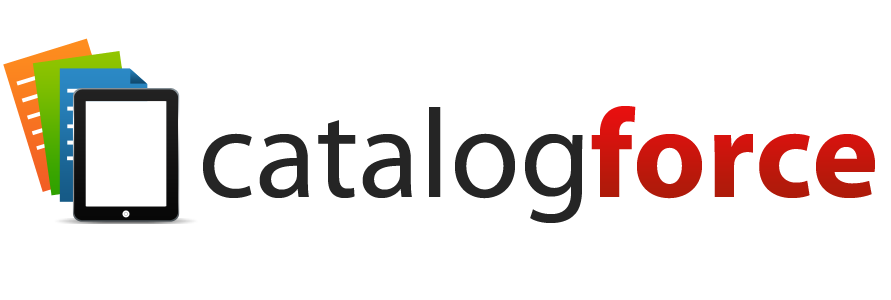Kicking Your Catalog Copy Up a Notch
From the outside looking in, writing catalog copy is pretty straightforward. “What’s so hard about it? All you have to do is take a paragraph to describe the product, what it can do, and how it does it.” In other words, many think that catalog copy is nothing more than a recitation of facts, features, and specifications.
If that is true about your catalog, you are probably wondering why you aren’t selling as much as your competitors. The reasons, though, should be fairly obvious if you step back and ask yourself a few simple questions:
- What separates my product offerings from my competitors?
- Does my catalog copy make any effort to separate my products from competing products?
- If my copy is nothing more than a precise rundown of features and benefits, and my competitors do the same, why would a potential customer choose me over them?
This should highlight for us that merely listing product features isn’t enough. Your competitors list product features also, so we need to make it clear to readers why we are different, and why they should buy from us. Don’t think this applies to B2C only. There is absolutely no good reason why B2B can’t work harder to “sell” with their catalogs, also. Nuts-and-bolts data, while important, isn’t enough to make a catalog great.
This article will go through a number of suggestions that will help us accomplish exactly that.
Sell Benefits, Not Just Features
A listing of features is basically “what the product does” as easy-to-digest bullet points. Converting that into a benefit requires that you explain “what the product does FOR the reader”. It’s a subtle but huge difference, because you are personalizing the product and showing how it can affect your reader’s lives.
Here’s an example of a feature becoming a benefit using an automatic fish flake dispenser:
FEATURE: Configurable for 12H and 24H usage, and has customizable aperture size.
The battery-operated fish flake dispenser has a drum filled with fish flakes inside of it. So the feature is telling us that it can be set to turn over either once a day (24H) or twice a day (12H). The aperture size simply means that the opening can be made larger or smaller to allow either more or less fish flakes to drop in the water—depending on how many fish you’re trying to feed. Now let’s take this same information, but let’s turn it into a benefit.
BENEFIT: Custom settings for the dispenser opening as well as the timer (12H and 24H) means your fish will be fine–even for days at a time–while you are away.
Notice the difference? The feature just tells you what the device does. The benefit lets you know how that impacts your life: you can rest easy taking that vacation or business trip, because your pet fish will be fine.
Applying Benefits to Copy
Once you’ve turned feature bullets into benefits, it doesn’t have to stop there. There is no good reason why you can’t take the same approach with your marketing copy. In most cases, your copy blocks will be smallish (anywhere from 75 – 150 words), so you can’t go too overboard. The key is to focus on one or two features, and give a description of the feature as well as its simple benefit, and then tie both of those to the core benefit.
It’s best not to bring up the core benefit (“saves time and effort”) directly. The reason is that you want the readers to see the core benefit for themselves. It’s far more powerful when they come to the conclusion on their own, as opposed to you simply telling them.
Keep Going Deeper for Additional Levels of Benefits
You might think that simply asking “what does the product do FOR buyers?” is enough. It’s a great start, but there is more gold to be found when you dig a little deeper. For example, ask yourself the following questions:
- “What about this SIMPLE benefit makes me HAPPIER?”
- “If I owned this product, what about it would make me feel GOOD?”
The answers to these questions are your next-level benefits. Incorporating these answers into your marketing copy is like adding the perfect complement of spices to an already great dish. It was already going to be a good meal, but now it’s one you’ll talk about long after the meal is over. It will stay fresh in your memory, because that’s how much it stood out from other meals. You want your catalog copy to have a similar effect if at all possible!

